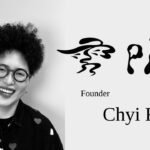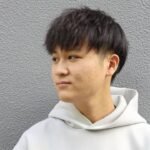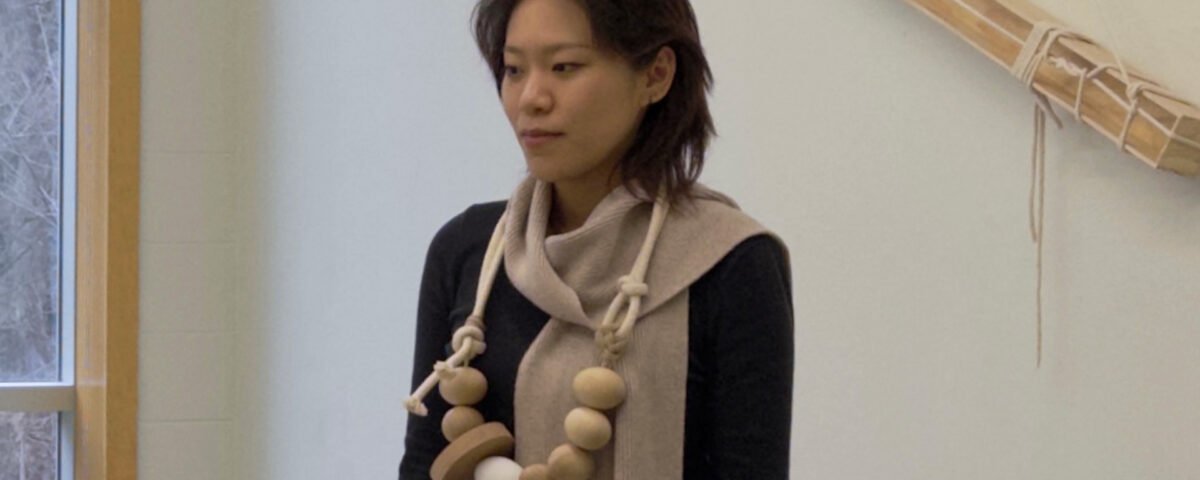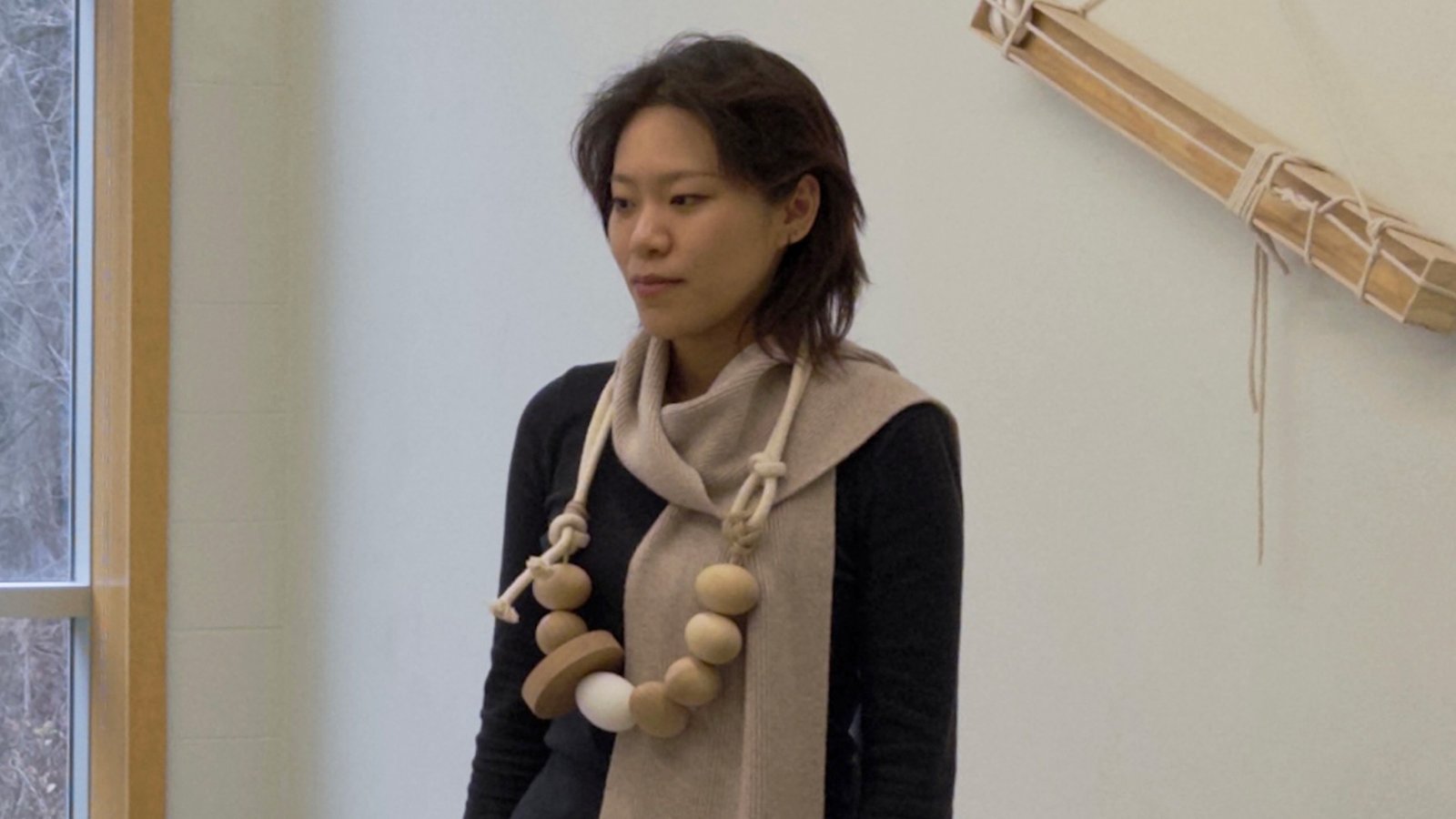
How a Visual Artist Transformed the Fragrance World: Meet Chyi Ruey
July 22, 2025
Giving Voice to the Overlooked: A Conversation with Xia Shang
July 22, 2025I am the founder of the jewelry brand CHUFEI and a practicing jewelry artist. My interest in the field began even before completing my MFA and has since developed into a sustained creative pursuit. My work often explores non-traditional forms and design languages, offering contemporary interpretations of traditional elements.
However, my intention is not simply to be different, nor to favor any single process or material. What defines my approach is a focus on bridging art and commerce—creating pieces that challenge conventional perceptions of jewelry while remaining wearable and accessible.
I’ve collaborated with photographers and fashion designers to create works that go beyond adornment. I believe jewelry can serve as a medium of communication, a tool for self-expression that reflects one’s personality and values.
For me, creation is not just about objects—it’s about conveying an entire cultural system. Whether through cross-disciplinary projects or the evolution of a design into other contexts, I aim to offer a broader perspective on what jewelry can be. Ultimately, I hope my work encourages others to explore their own voice while engaging in a larger dialogue about art, identity, and everyday experience.
Receiving this award has been especially meaningful to me as the designer behind CHUFEI, a brand I founded shortly after completing my graduate studies. The recognition came at a time when I was establishing my independent practice after completing my academic training and committing fully to a sustainable creative career.
My work often explores alternative forms and interpretations, but its foundation lies in connecting art with real-world function. This award affirms that it's possible to question and expand traditional definitions of jewelry while still creating pieces that are both wearable and emotionally engaging.
More than a personal milestone, this recognition feels like an invitation to keep pushing boundaries—across disciplines, traditions, and the space between individual expression and shared meaning. It reinforces my belief that jewelry is not only a personal statement but also a means of cultural exchange.
This award arrived at a pivotal moment and has been a strong source of encouragement. As an independent designer moving from academic training into entrepreneurial practice, this recognition validated the path I’ve chosen. It has increased the visibility of my work and strengthened its credibility, not only within jewelry circles but across the broader creative community.
Although I don’t work within a traditional team or agency structure, this achievement has led to more meaningful conversations with fellow designers, artists, and collaborators. It has also given me the confidence to pursue new opportunities that once felt distant or inaccessible.
Experimentation is not a separate stage in my process—it is the process. As designers, we are often trained to think in terms of feasibility, cost, and execution. These concerns are valid, but when they dominate the creative phase, they can hinder risk-taking and innovation. I prefer to begin boldly—through making, testing, and revising—rather than over-planning the outcome from the start.
One example of this approach is my award-winning project, where I used anodized metal to produce surface colors. The process requires full manual control, and outcomes are unpredictable—even under identical conditions, each result can vary dramatically. But that unpredictability led to stunning surface effects that became essential to the final piece. It was the act of working through uncertainty that revealed what was most visually and conceptually compelling.
One unexpected source of inspiration came from a call for submissions to a spoon-themed exhibition. I wasn’t drawn to the object itself, but to what it represents. Like jewelry, a spoon is functional, bodily, and designed for intimate interaction.
Instead of referencing traditional spoon forms or aesthetics, I started by thinking about the act of eating—the tongue, the space inside the mouth, and the physical gesture of swallowing.
These bodily elements became the conceptual core of my piece. I wasn’t aiming to redesign a spoon as a product, nor to reinterpret its materiality—I was exploring how form and function intersect on a sensory and symbolic level. This experience reminded me that indirect or even irrational observations can open up new creative spaces. A shift in perspective often reveals the most unexpected and meaningful ideas.
I wish more people understood that design is not limited to solving functional problems—it’s also about shaping meaning, emotion, and cultural connection. There’s a widespread perception that design is purely utilitarian, aimed at increasing speed, ease, or efficiency. But in areas like jewelry, the process often involves questioning function itself. Why do we wear what we wear? What does it mean for an object to touch the body? How does that interaction reflect identity?
I see design as a language—one that communicates through material, form, and gesture. Like any language, it has layers. It’s not just about clarity or efficiency, but also about nuance, poetry, and reflection.
I see this balance as something fluid, shaped by the context of each project and the designer’s personal circumstances. Financial realities often require compromises, and that’s something many creatives experience.
Still, I try to prioritize open and honest dialogue with my clients. I begin by understanding their needs, then respond with suggestions that respect both their goals and my creative principles. For me, it’s not a binary choice between expression and expectation. The aim is to find a shared space where both can coexist and enrich each other.
A key challenge was working with anodized metal to create surface color. The process is inherently unstable; results vary depending on voltage, exposure time, and the metal’s surface condition. That unpredictability wasn’t just a factor; it was built into the process.
The challenge wasn’t just accepting that variability but developing a personal sense of direction within it. Through extensive trial and error, I learned how small changes could guide the visual outcome. I wasn’t trying to control everything, but to understand what kinds of variation served the work. Eventually, the process became less random and more intentional—while still allowing space for surprise and discovery.
When I feel creatively blocked, my instinct is to step away. The harder I try to force ideas, the more resistant they become. So I focus on reconnecting with my body and environment.
This might mean walking, noticing details in everyday life, or simply moving through physical space. I also pay attention to how people interact with objects and spaces.
These quiet observations often remind me of the human side of design—how it’s experienced rather than just viewed. In many cases, creativity returns when I stop trying to generate and start tuning in.
A central value in my practice is that art and everyday life should not be separate. Jewelry, to me, is more than adornment—it’s a medium for ideas, emotion, and cultural reflection, all grounded in daily experience.
I often work to blur the line between function and expression. I want the wearer to engage not just visually, but physically—through touch, movement, and habit. My goal is to design objects that are thoughtful and resonant, but also accessible and lived with. I’m drawn to the intimacy of design as a quiet but meaningful part of everyday life.
Before pursuing success, ask yourself what it truly means to you. Is it recognition? Financial stability? Personal fulfillment? Your definition will shape your choices—how you work, what you create, and who you serve. One of the most important questions a designer can ask is: Why am I doing this?
If your drive is purely external, the path can feel unstable. But if it comes from a deeper place—curiosity, expression, or contribution—then the work becomes more meaningful and sustainable.
Once your “why” is clear, the “how” becomes easier to navigate. Stay thoughtful. Develop your own lens. And remember good design isn’t just what looks good—it’s what communicates with depth and purpose.
Martin Margiela, without hesitation. His work has always resonated with me—both aesthetically and conceptually. I admire how he deconstructs not only garments, but the structure of fashion itself. His silence, anonymity, and refusal to conform are poetic forms of resistance.
What I find most moving is how his designs embody memory, absence, and texture. That kind of sensitivity—to time, material, and human presence—is something I deeply connect with. His legacy reminds me that design can be experimental, emotional, and timeless at the same time.
I wish more people would ask themselves—not me—how my work makes them feel. Too often, the reaction stops at “This looks cool” or “This is interesting.” But my goal is not just to attract attention. I want the work to spark something deeper—an emotion, a memory, a question, or a shift in perspective.
To me, good design isn’t about being seen. It’s about seeing differently. If someone walks away with a new feeling or insight, that’s when the work truly matters.
Chufei Yang
Chufei Yang is the founder of CHUFEI and a jewelry artist. Her work blends traditional elements with fresh forms, focusing on creating pieces that challenge norms while remaining wearable and accessible.
Explore the journey of Daria Yang Du, the Silver Winner of the 2025 MUSE Design Awards. She is an architect and experience designer with a background at BIG, RIOS, Gensler, and MAD, creating narrative spaces that blend social responsibility with sensory experience, where every environment holds a memory or message.







